Nintendo has a long line of consoles and handheld systems, far longer than most modern gamers realize. Whether it’s the advent of stylus integration or Pokémon-branded electronic toys, this corporation has never been afraid to push boundaries or reinvent the proverbial wheel. Nintendo has built a brand around being a trustworthy and classically inventive video game company — here’s a list of every handheld system the brand has created.
Game & Watch (1980)
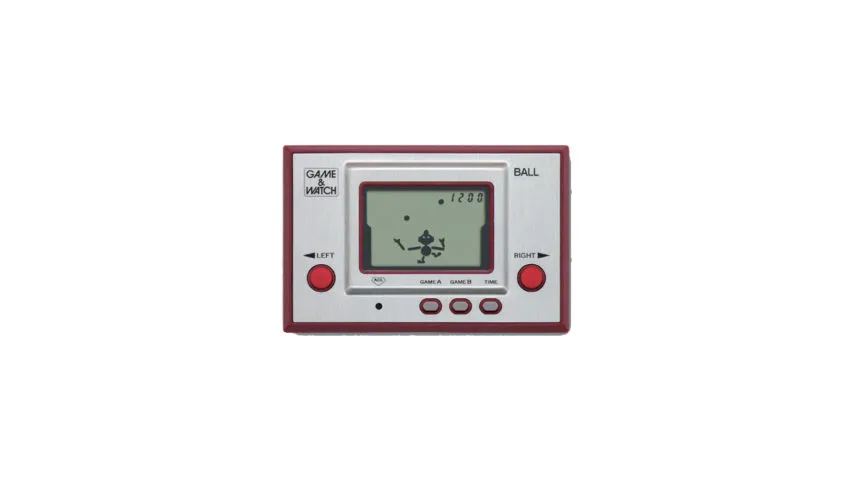
This handheld device featured nondescript people attempting multiple gamified tasks, which later was retconned with the name of ‘Mr. Game & Watch.’ These small handheld consoles only had a singular game programmed into them, and there was a total of 60 various games that hobbyists could collect. Some of the most popular Game & Watch titles have turned into moves in the modern Smash Bros franchise.
Game Boy (1989)
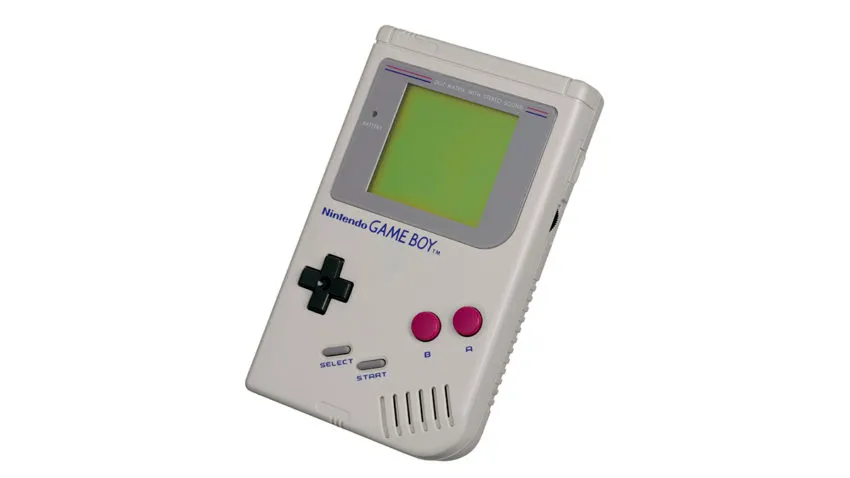
Nintendo took the portability of the Game & Watch series and the power of the NES, and managed to come up with the handheld console called the Game Boy. Powered by four AA batteries, the Game Boy managed a run time of roughly 15 hours; it also had an option for constant play with an AC adapter. The 8-bit system could only manage black and white colors and wasn’t the most powerful handheld of its time.
Still, the Game Boy was able to outperform the better technologies for the SEGA Game Gear and Atari Lynx for two reasons. First, Nintendo had built its reputation at this point which made it a trusted corporation within the video game industry for many families. Secondly, the Game Boy had a massive game library, ranging from Tetris to the original Pokémon.
Related: Every PlayStation console and handheld, and when they released
Game Boy Pocket (1996)

The Game Boy Pocket was ultimately the litmus test for updating past consoles and re-releasing them. With a slimmer profile and the removal of most of the green background, this similarly monochromatic display took two AAA batteries and could run for around ten hours. It took the cartridges from the original Game Boy, enabling past libraries’ relevancy almost a decade later.
Game Boy Light (1997)

Another refactoring of the Game Boy, the Game Boy Light had a backlit screen which enabled playing in the dark. Unfortunately, it was only released in Japan, leaving western Game Boy users continuing to struggle with attachments. The Game Boy Light used two AA batteries, and the battery grade increase from the Game Boy Pocket was presumed to power the backlit screen.
Gameboy Color (1998)

The official successor to the original Game Boy, the Game Boy Color completely removed the green backdrop of the screen in lieu of a 56-color spectrum. The GBC was fully backward compatible, and also introduced new game cartridge types. The handheld console was a tremendous success, backed by Nintendo’s Pokémon and Legend of Zelda franchises, in spite of it being underpowered compared to the Sega Game Gear.
Game Boy Advance (2001)

Three years after the Game Boy Color came the Game Boy Advance, at a time when Nintendo needed to supplement its income from the GameCube’s lackluster sales volume. The Game Boy Advance was, at the time, considered to be the original Game Boy’s final form, and boasted full backward compatibility across two generations, accepting cartridges from both the original Game Boy and the Game Boy Color. This has yet to be replicated within the gaming industry, although Sony came close with PlayStation 3, prior to removing PS2 backward compatibility late into PS3’s life.
Again, Nintendo’s Pokémon franchise would turn into the top sellers of this console, with classic Nintendo staples such as Mario and Yoshi coming in behind the monster-battler. The Game Boy Advance would go on to become Nintendo’s top-selling system of all time thus far, moving more than 80 million units internationally.
Pokémon Mini (2001)
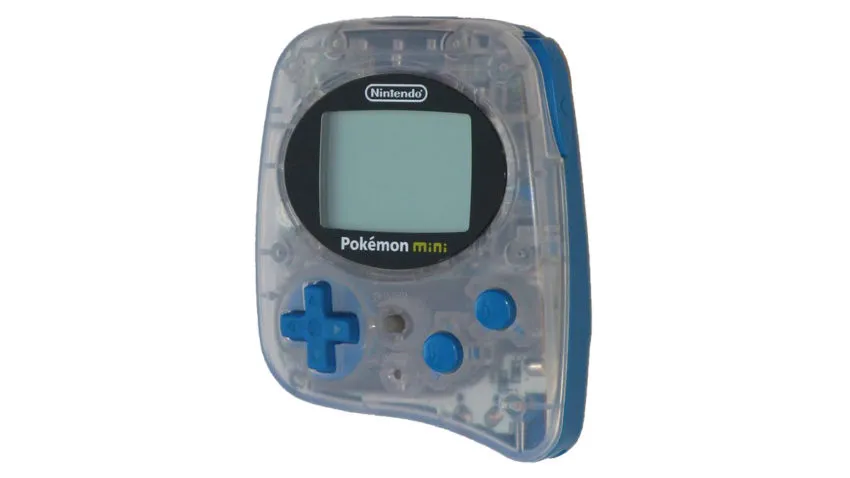
The Pokémon Mini is discarded by some as less of a console from Nintendo, and more a niche electronic toy like the Pokémon Pikachu 2 GS. However, the Pokémon Mini had ten separate titles that users could play on Nintendo’s smallest handheld console to date. While they were all Pokémon flavored, this ostensible handheld console sold more than Nintendo expected. An emulator of this handheld platform exists on the Nintendo GameCube, fittingly called Pokémon Mini.
Game Boy Advance SP (2003)

The Game Boy Advance SP was a refactoring of the Game Boy Advance after the successes of its predecessor, although with a unique clamshell design that would protect the screen from wear and tear. The Game Boy Advance SP also had a front-lit display, a primary criticism of the Game Boy Advance, and a back-lit display would be included later on in its production run. This would ultimately end up being the final Nintendo handheld that offered backward compatibility with the original Game Boy, fourteen years after its release.
Nintendo DS (2004)
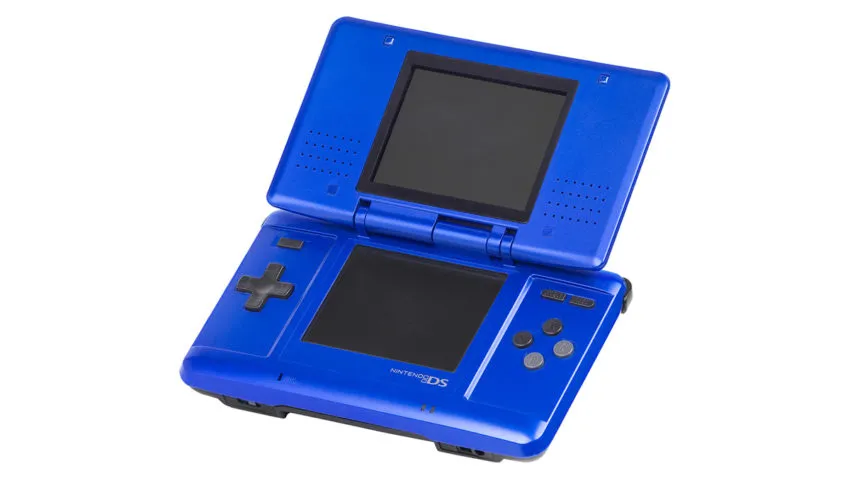
The Nintendo DS was a large step for Nintendo handhelds, featuring a stylus that allowed for precise interaction with a tablet engrained on the bottom of the clamshell design borrowed from the successful Game Boy Advance SP. A slot on the bottom of the lower screen holds the stylus when not in use. The success of this system is thought to be the catalyst for the Wii U tablet functionality, and would later be imitated by the 3DS systems.
This system is also notable for being the first Nintendo console that uses Nintendo Wi-Fi Connection, an online service that allowed users to play with gamers from around the world. This functionality was implemented with the standard bevy of IPs that Nintendo has traditionally used to push consoles: namely Pokémon, Mario Kart, and Animal Crossing. Including redesigns, the Nintendo DS became the best-selling Nintendo console, and second-best-selling console ever with 150 million units sold, falling behind only the PlayStation 2.
Game Boy Micro (2005)

The final product of the original Game Boy line, the Game Boy Micro was a strange product. It had none of the backward compatibility that the Game Boy line was known for, was the smallest product yet aside from Pokémon electronic toys, and had unique chargers that weren’t interoperable with any other Nintendo product. The screen was two inches wide and sold far less than Nintendo believed it would. It could only play Game Boy Advance titles. The system ended production in 2010, ending the legendary Game Boy line.
Nintendo DS Lite(2006)

There’s a Nintendo habit coming to form: if it sells, redesign it bigger, smaller, and weirder until you’ve reached market saturation. Much as was seen from the successful Game Boy line, the Nintendo DS Lite was a redesign of the DS that was thinner and lighter than its predecessor. The redesign also improved various functions of the original DS: screen brightness, microphone placement, a larger stylus, and optimized start and select buttons were all refactored.
This handheld shouldn’t be thought of as a redesign for the sake of it, however. The Nintendo DS moved product so quickly that Nintendo was hard-pressed to keep many stores stocked. This was the final product to have backward compatibility with Game Boy Advance cartridges.
Nintendo DSi (2008)

The third product of the Nintendo DS line, Nintendo opted to drop the backward compatibility for GBA games with the DSi. The removal of this backward compatibility meant that the DSi was slightly larger, yet still lighter, than the DS Lite. Two cameras were also added, both front-facing (toward the user) and rear-facing. Released in Japan first in 2008, the rest of the world would find the DSi in 2009, taking advantage of the built-in game shop where users could download titles to their SD cards.
Nintendo DSi XL (2009)

The DSi XL is the final form of the best-selling Nintendo DS, and as its name implies, is also the largest in terms of screen space and heft at just over eleven ounces. Notably, three special editions were crafted of the DSi XL for a dating simulator released in Japan called LovePlus, etched with the three primary girls of the title. A second special edition was crafted for the Super Mario Bros. 25th Anniversary. Aside from a slightly longer-lasting battery life, and the increased screen size, there weren’t too many alterations with the DSi XL.
Nintendo 3DS (2011)
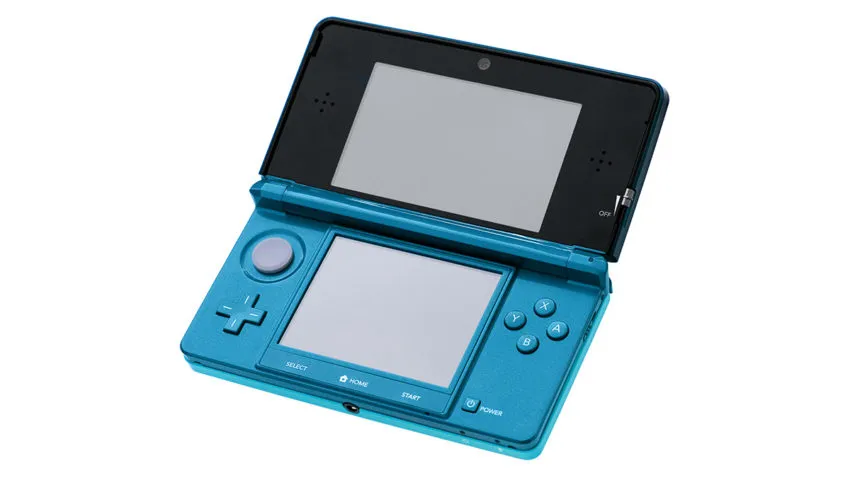
A legendary system in its own right, the 3DS would go through five additional redesigns from its launch to 2017. The primary gimmick of this two-screen clamshell handheld is a slider located on the right side of the top screen which can increase or decrease the 3D effect of the top screen. The bottom screen was a touchscreen, much like the DS line, and the system came with a stylus.
Longer play sessions of the 3DS with 3D enabled could cause eye fatigue, partially due to the limited radius of sight the 3D effect demanded for effectiveness. This was mitigated in later designs of the console, and with the ability to turn off the effect entirely, That said, it didn’t negatively affect sales. Backward compatible with the DS system cartridges, the system also came with the two cameras popularized with the DSi and gyroscopic sensors.
Finally, the Miis that were popularized in the Wii console were heavily featured within the 3DS, with unique Mii creation applications. This was included in the 3DS StreetPass functionality, which allowed Miis (and associated save data) to transfer to other 3DS systems as they passed each other in the street. Animal Crossing: New Leaf made ample use of this system, as did Pokémon X and Y and Fire Emblem: Awakening.
Nintendo 3DS XL (2012)

The first redesign of the 3DS, the 3DS XL screen is almost twice as large as the original 3DS, although the tradeoff is an increased weight of almost 50%. Nintendo also looked at the battery life of the original and was able to increase battery life with the Nintendo 3DS XL by an additional 86%. This long play life on a singular charge, and the largest screen on a Nintendo handheld ever, made this version of the 3DS line successful with more than 2 million units shipped.
Nintendo 2DS (2013)
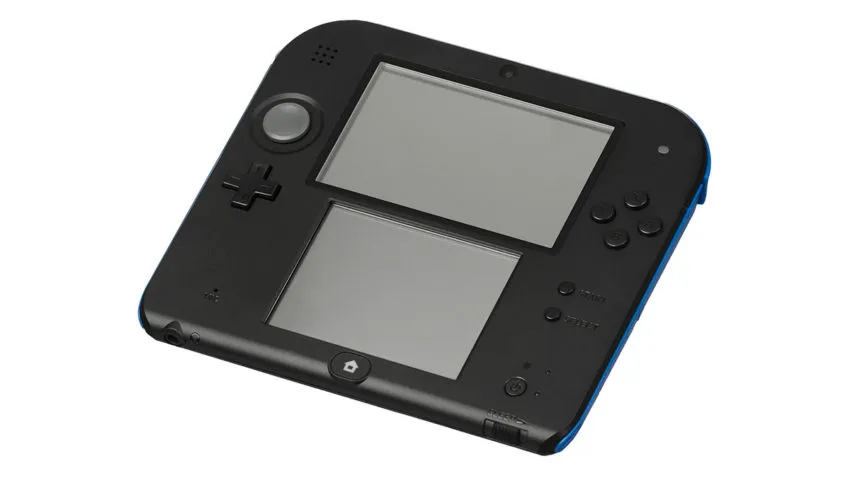
The 3DS line had limitations, primarily regarding its audience. Children under the age of seven were not recommended to use the 3D slider, as it could cause problems with developing eyesight; while the 3DS could have the 3D effect turned off via the slider, young hands could easily turn it back on. As Nintendo regularly targets a younger demographic, the 2DS was made. Featuring a far smaller screen than the original 3DS, and lacking the clamshell design, this system still managed to ship almost ten million units.
New Nintendo 3DS (2014)
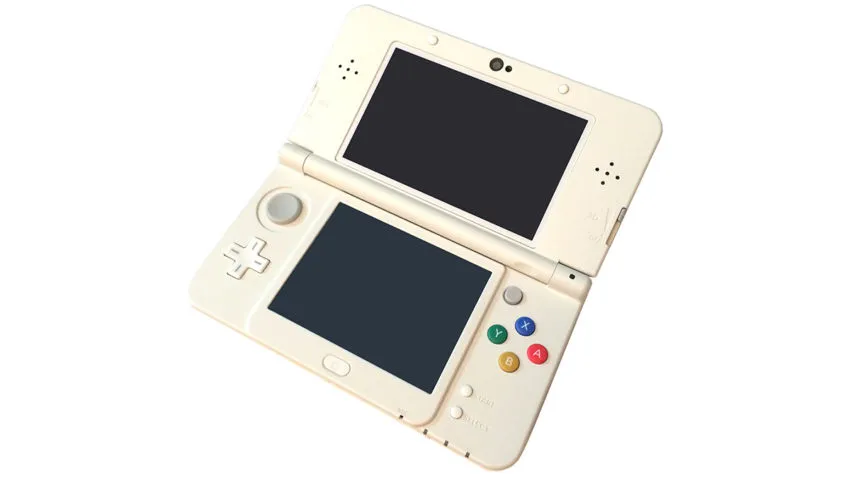
The ‘New’ line of the 3DS included the built-in ability to scan Amiibos into games on the system, a SNES Virtual Console, and face plates which users could swap to customize the look of their system. Unfortunately, while documents reveal Nintendo considered it, this console version was never released in North America. Nintendo opted to bank on the New 3DS XL performing well in the western hemisphere and was concerned that the New 3DS would confuse customers.
This new redesign, or refactoring, would bring with it improved computational hardware, further increasing the possible software the system could play. New titles, such as a port of the original Xenoblade Chronicles for the Wii, were now playable on this handheld and future redesigns. Other older titles, such as The Legend of Zelda: Majora’s Mask, were easier to control thanks to the addition of the unique secondary analog stick near the face buttons on the right side of the controller.
New Nintendo 3DS XL (2014)

The larger version of the 3DS redesign with a unique secondary analog stick near the gamepad buttons. While the standard New 3DS didn’t come to the west, this version proved Nintendo’s theory correct, however tangentially. The interchangeable faceplates introduced with the standard New 3DS would not come to this version, yet the New 3DS XL still shipped over 12 million units internationally.
New Nintendo 2DS XL (2017)
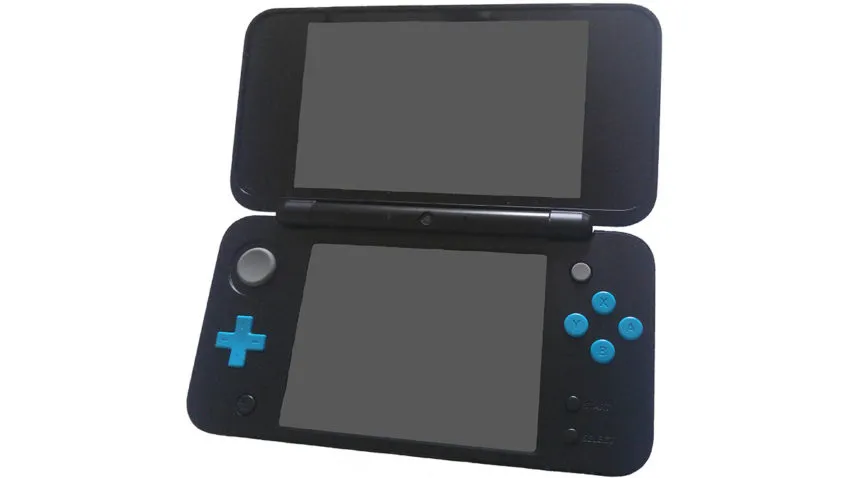
Much as the 2DS was deemed a necessity for younger demographics, Nintendo opted to bring the larger screen and secondary analog to a refactored New Nintendo 2DS XL. This 2DS had the now-standardized clamshell design with two separate screens and is far closer to the size and performance of the New 3DS.
Nintendo Switch Lite (2019)
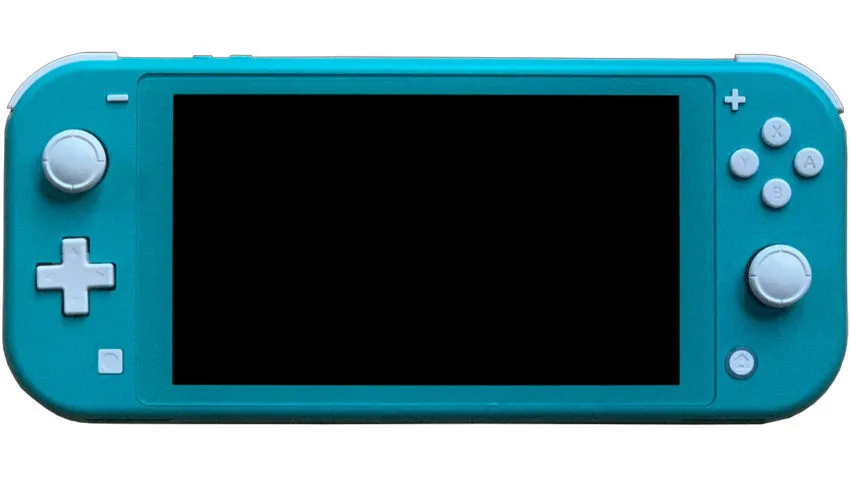
The Nintendo Switch holds a unique position between console and handheld, with gameplay being possible in either mode. The Nintendo Switch Lite removed the console playstyle of the Nintendo Switch, instead only being usable in handheld modes. While it cannot dock for television-based gameplay, and lacks the detachable Joy-Cons that the original Nintendo Switch has, it also shared a lower price point at release by $100. The system has sold over 19 million units, compared to the 111 million units of the standard Switch. In comparison to other, recent handhelds from Nintendo, it was measured as a success for the Japanese company.
Game & Watch: Super Mario Bros. (2020)
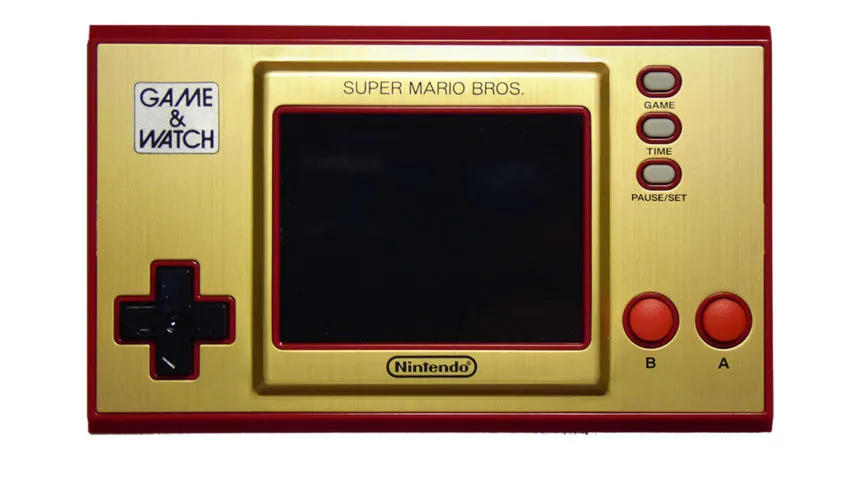
A unique celebration for the 35th anniversary of Super Mario Bros., the Game & Watch: Super Mario Bros. system closely resembles the physical appearance of the classic Game & Watch titles from the 80s. This system includes not only the original Super Mario Bros., but also the rarer Super Mario Bros.: The Lost Levels which were originally deemed too difficult for western audiences. It also included an original Game & Watch title, Ball, with various Mario-related Easter eggs.
Game & Watch: The Legend of Zelda (2021)
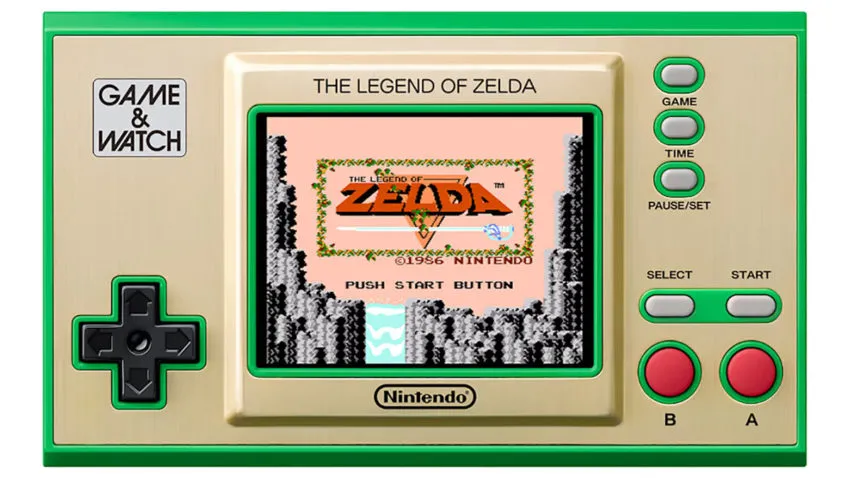
Much as the Game & Watch: Super Mario Bros. celebrated the 35th anniversary of the Super Mario IP, so did this system celebrate The Legend of Zelda turning 35. This system contains The Legend of Zelda, Zelda II: The Adventure of Link, and The Legend of Zelda: Link’s Awakening. Also included is an original Game & Watch title, Vermin, with various The Legend of Zelda-related Easter eggs.

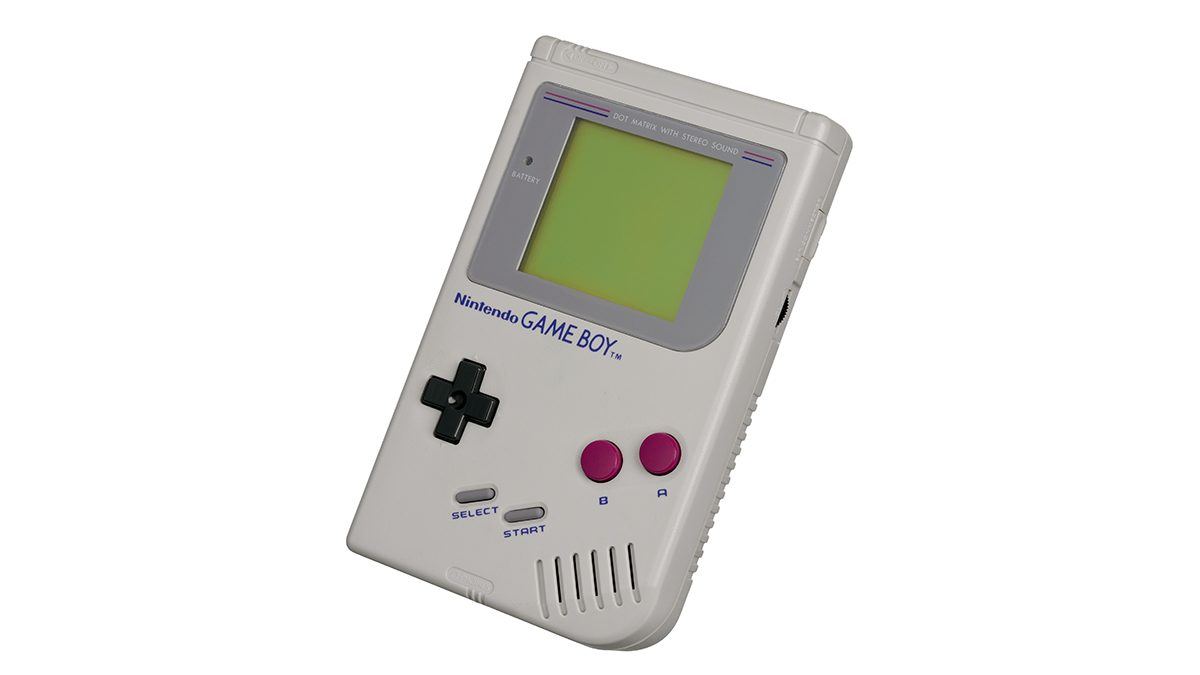

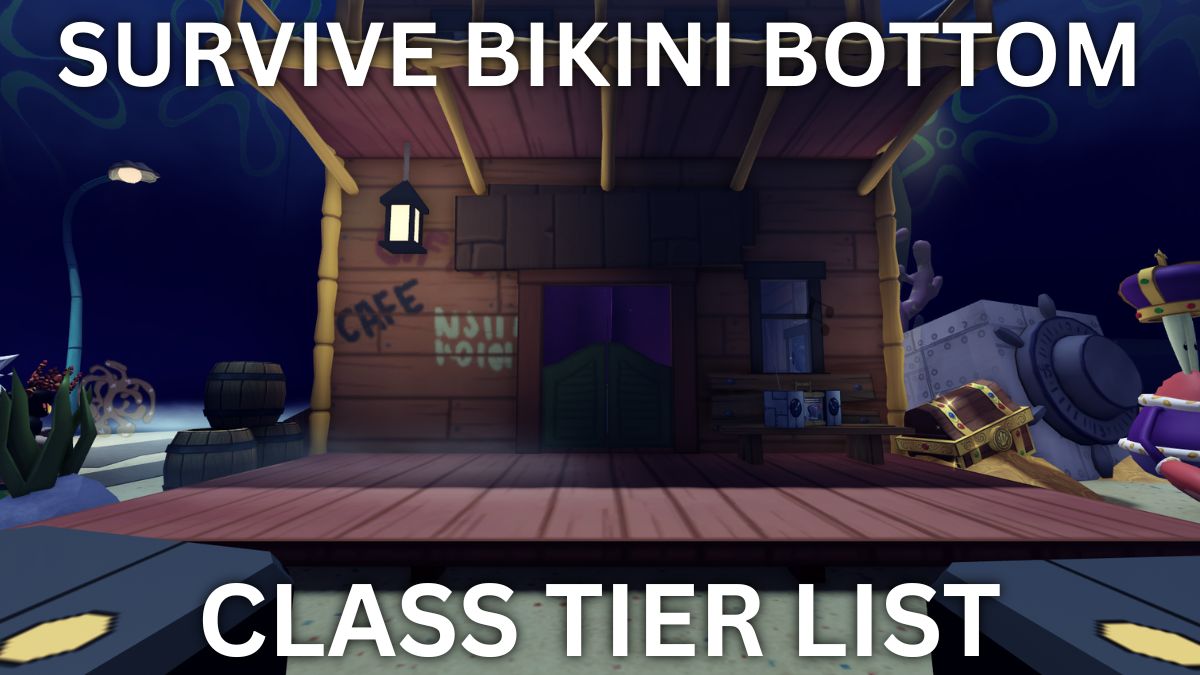
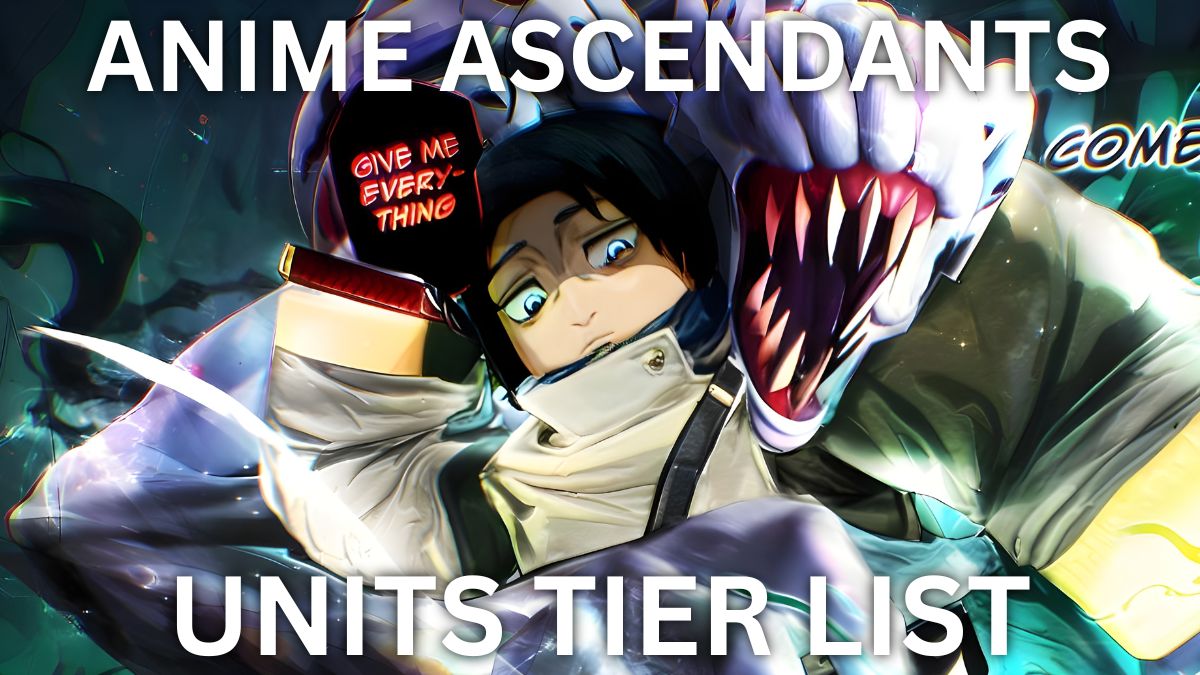

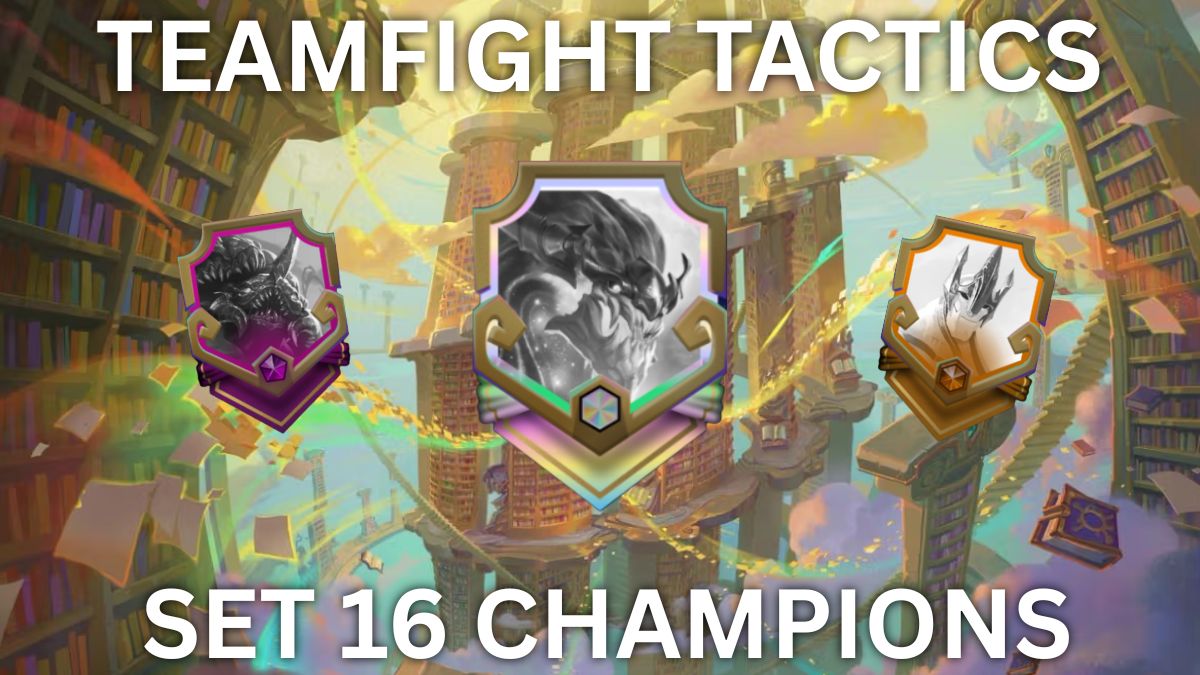


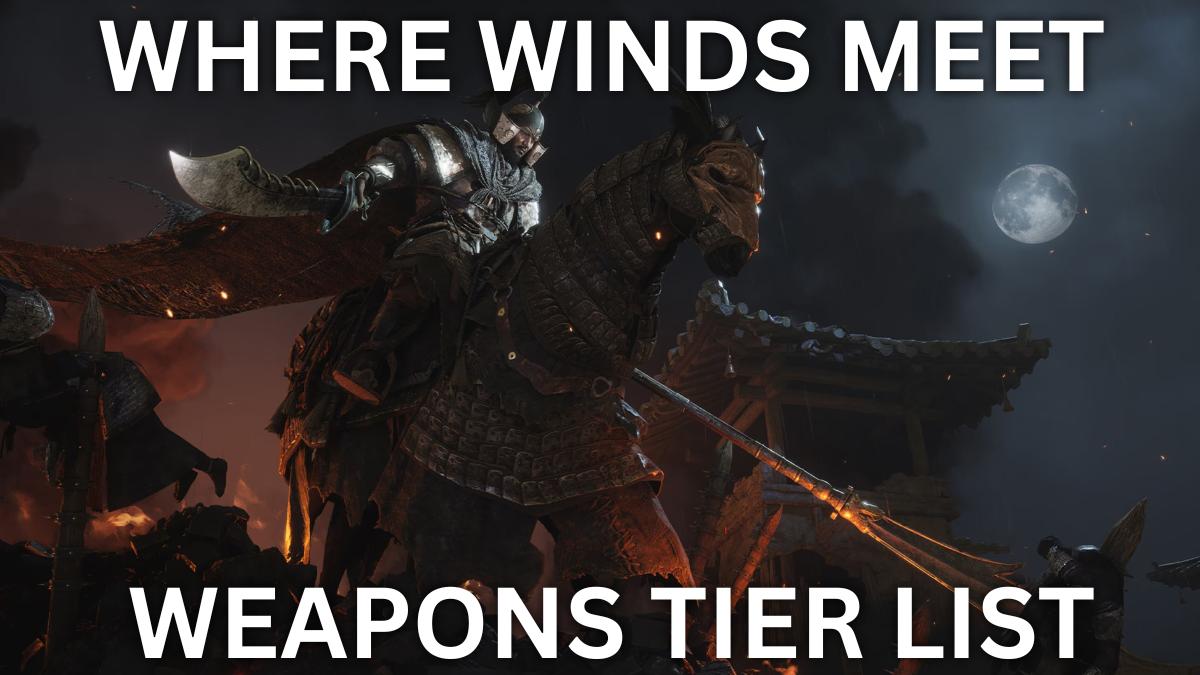
Published: Oct 7, 2022 03:47 pm